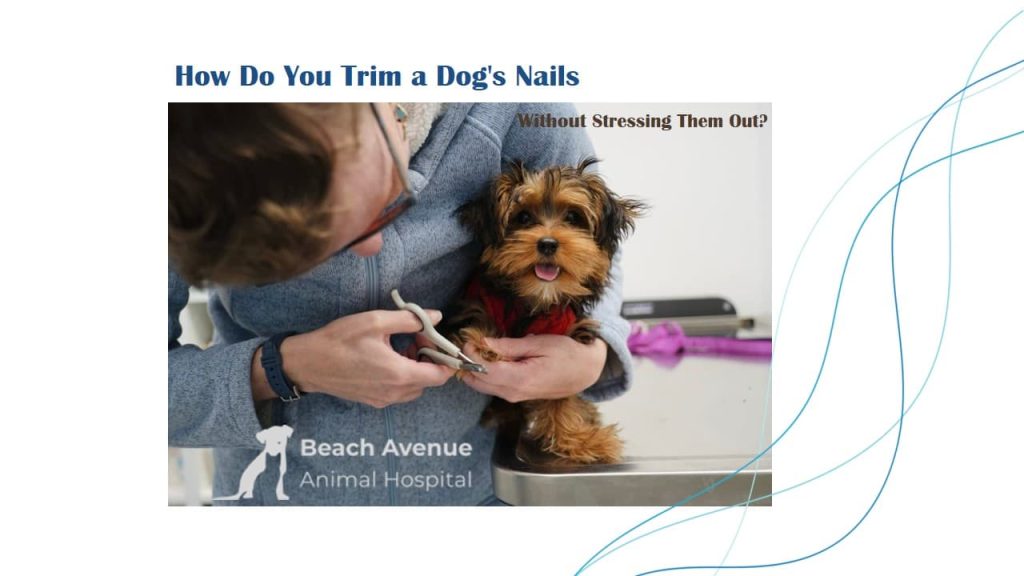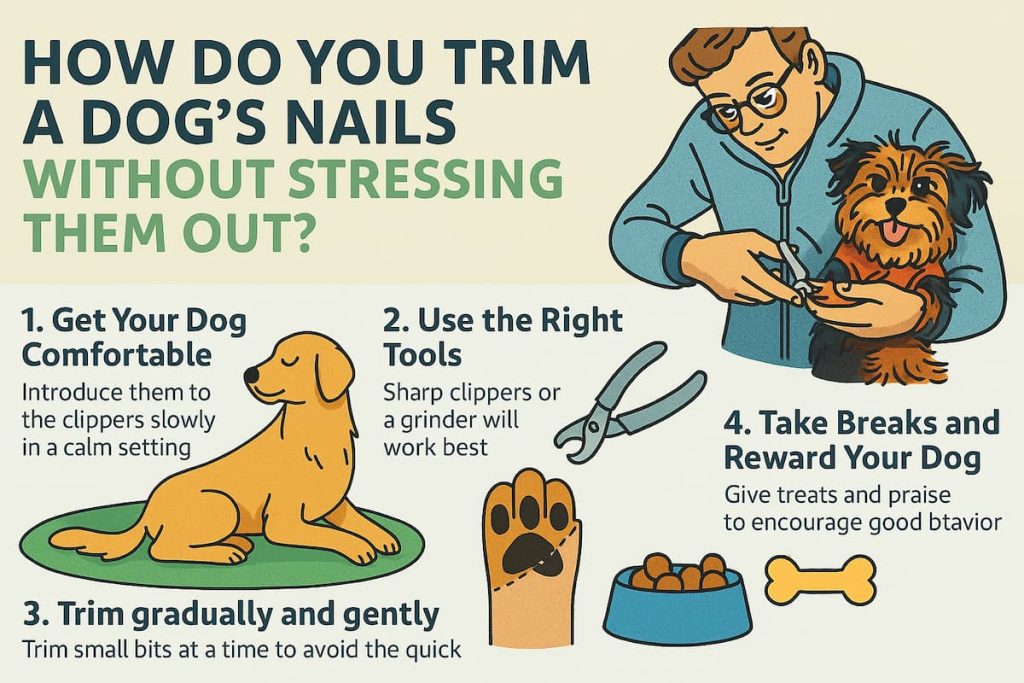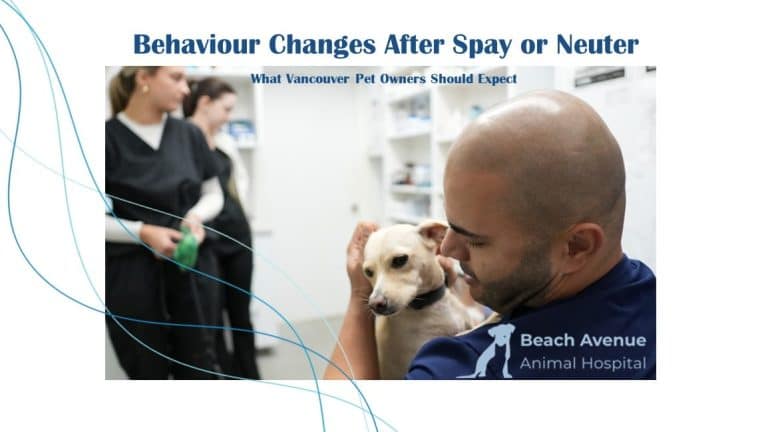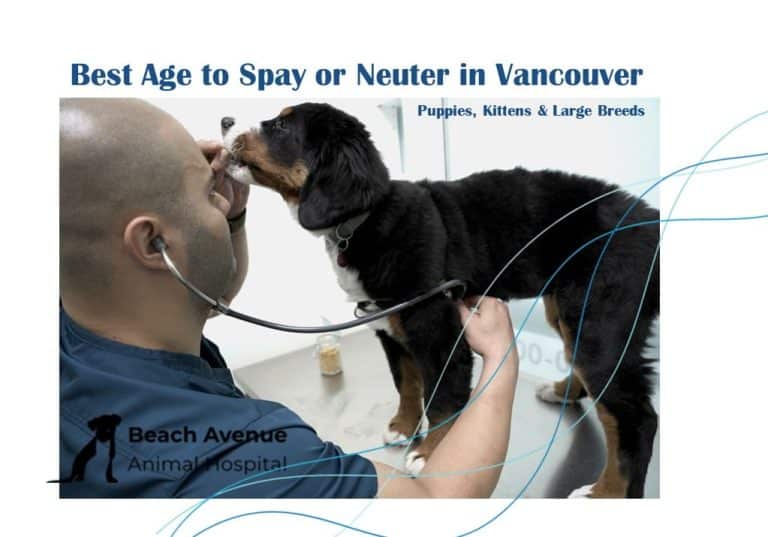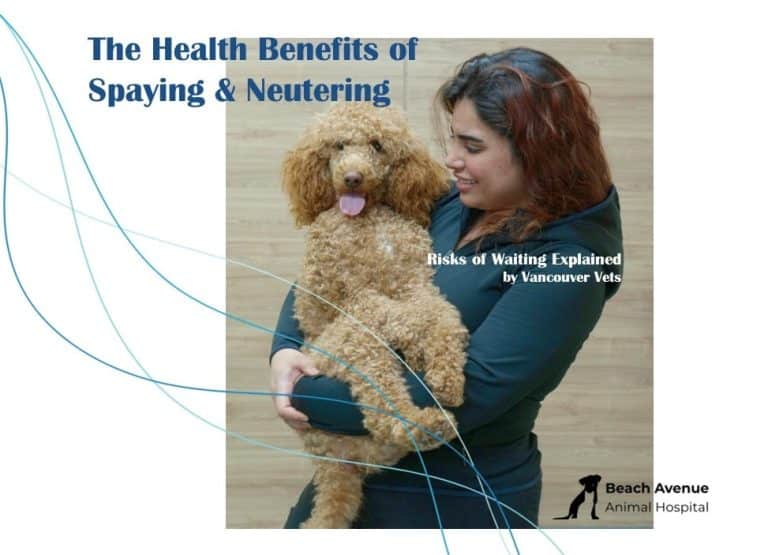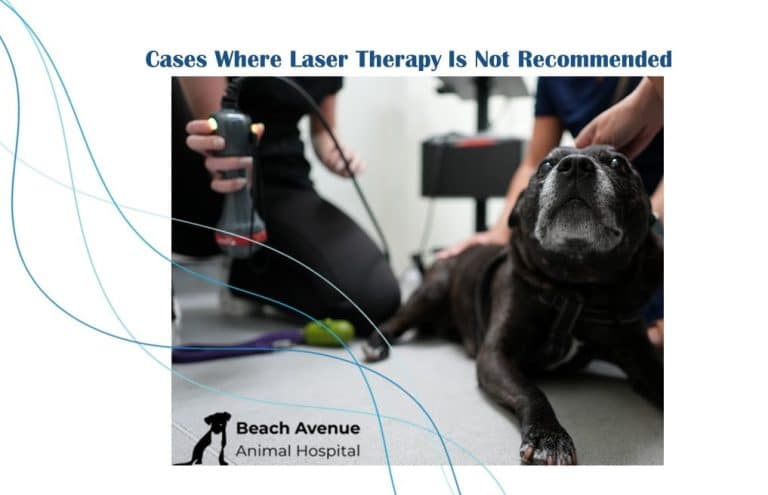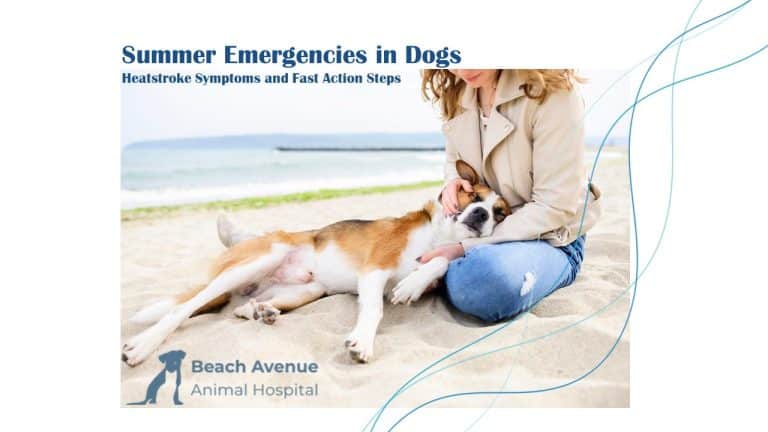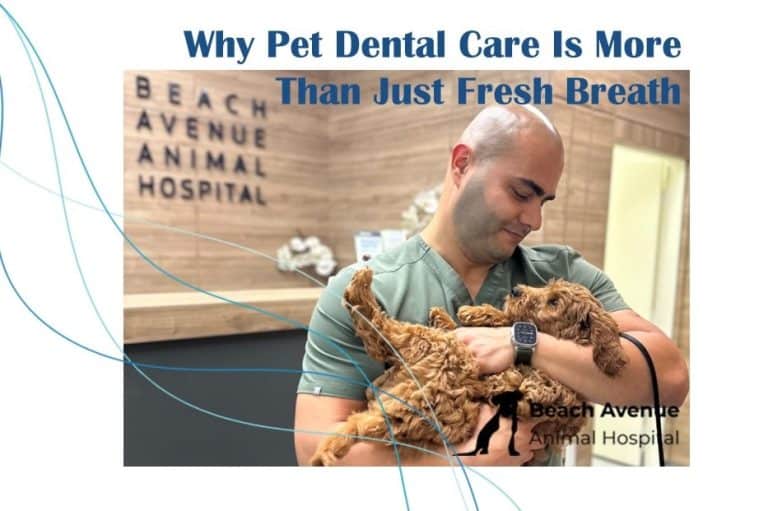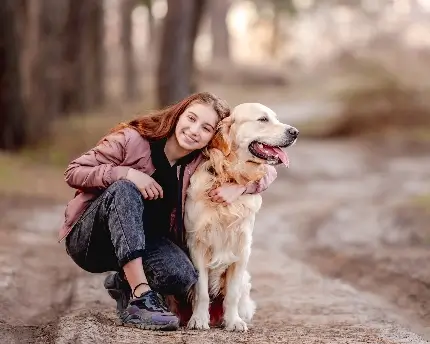Trimming your dog’s nails can be a daunting task for many pet owners—and for their dogs, too. But regular nail care is essential to your dog’s health and comfort. When nails grow too long, they can cause pain, affect posture, and even lead to infections. Fortunately, there are ways to trim your dog’s nails that minimize stress and make the experience smoother for everyone involved.
Why Nail Trimming Matters
Untrimmed nails can lead to a variety of problems:
- They put pressure on the nail bed, causing discomfort or pain.
- Nails that grow too long can curl into the paw pad, leading to infections.
- Long nails are more likely to break, which can be painful and bloody.
- They can impact how your dog walks and cause joint strain over time.
Keeping your dog’s nails short is about more than just grooming—it’s about their well-being.
Signs It’s Time for a Nail Trim
Not sure if it’s time for a trim? Here are a few telltale signs:
- You hear a clicking sound when your dog walks on hard surfaces.
- The nails visibly touch or curl toward the ground.
- Your dog starts limping or licking their paws more than usual.
Why Dogs Get Stressed During Nail Trims
Many dogs dislike nail trimming—and some even become fearful or aggressive. Here’s why:
- Previous negative experiences (like accidentally cutting the quick).
- Sensitivity in the paws or fear of being restrained.
- The sound or vibration of the tools.
- Lack of familiarization with the process.
Understanding these triggers is the first step to reducing stress.
What You’ll Need
Set yourself up for success with the right tools:
- Dog nail clippers or a grinder (designed specifically for pets).
- Styptic powder in case you nick the quick.
- Tasty treats and calm verbal praise.
- A quiet, well-lit area where your dog feels comfortable.
Step-by-Step: How to Trim Nails Without the Stress
1. Create a Calm Environment
Choose a quiet time of day. Speak softly and avoid sudden movements. A familiar space—like a favorite blanket or corner of the home—can help your dog feel more secure.
2. Desensitize Your Dog
In the days leading up to the trim, gently touch and hold your dog’s paws. Let them sniff the clipper or grinder. Reward calm behavior with treats or praise. This builds trust and familiarity.
3. Trim Carefully
If your dog has clear nails, you’ll see a pink area (the quick) that you want to avoid. With dark nails, trim small amounts at a time. Use smooth, confident movements. A grinder may help if your dog is sensitive to pressure but tolerant of vibration.
4. Use Positive Reinforcement
Offer a treat or a favorite toy after each paw—or even after each nail, if needed. If your dog becomes too anxious, take a break and try again later. Never force it.
When to Leave It to the Professionals
Some dogs are just not comfortable with nail trims, and that’s okay. If your pet shows signs of intense anxiety or you’re unsure how to proceed, it’s best to consult a professional.
Beach Avenue Animal Hospital offers compassionate, expert nail trimming services that prioritize your pet’s comfort. If you’re unsure or would rather not do it yourself, our pet nail trimming services provide a safe, low-stress solution.
Trimming your dog’s nails doesn’t have to be a stressful experience. With the right tools, a gentle approach, and plenty of patience, you can make nail trims part of a positive routine. And when in doubt, our friendly team is here to help ensure your dog stays happy, healthy, and well-groomed.
Frequently Asked Questions
How often should I trim my dog’s nails?
Most dogs need nail trims every 3–6 weeks, depending on how fast their nails grow and how much they wear them down naturally.
What happens if I don’t trim my dog’s nails regularly?
Overgrown nails can cause pain, affect walking posture, lead to infections, and may even grow into the paw pads.
How do I know where the quick is in my dog’s nail?
In light-colored nails, the quick is the pink area you can see inside the nail. In dark nails, trim in small increments and watch for a dark center to avoid cutting too deep.
What if I accidentally cut the quick?
Apply styptic powder immediately to stop the bleeding. Comfort your dog and take a break before resuming.
Can I use human nail clippers on my dog?
No. It’s best to use dog-specific clippers designed for the thickness and shape of canine nails.
Are nail grinders safer than clippers?
Grinders offer smoother edges and more control, but some dogs may be scared of the sound or vibration.
How can I help my dog feel more comfortable with nail trimming?
Start by gently handling their paws daily and rewarding calm behavior. Introduce clippers slowly with positive reinforcement.
Does walking on pavement help keep my dog’s nails short?
Yes, regular walks on rough surfaces can help wear down nails naturally—but most dogs still need regular trims.
Can I request nail trimming as a standalone service from a vet?
Absolutely. Many veterinary clinics, including Beach Avenue Animal Hospital, offer professional nail trimming as an individual service.
Is nail trimming included in grooming appointments?
Typically, yes—but always confirm when booking. It’s a common part of full grooming or wellness visits.

